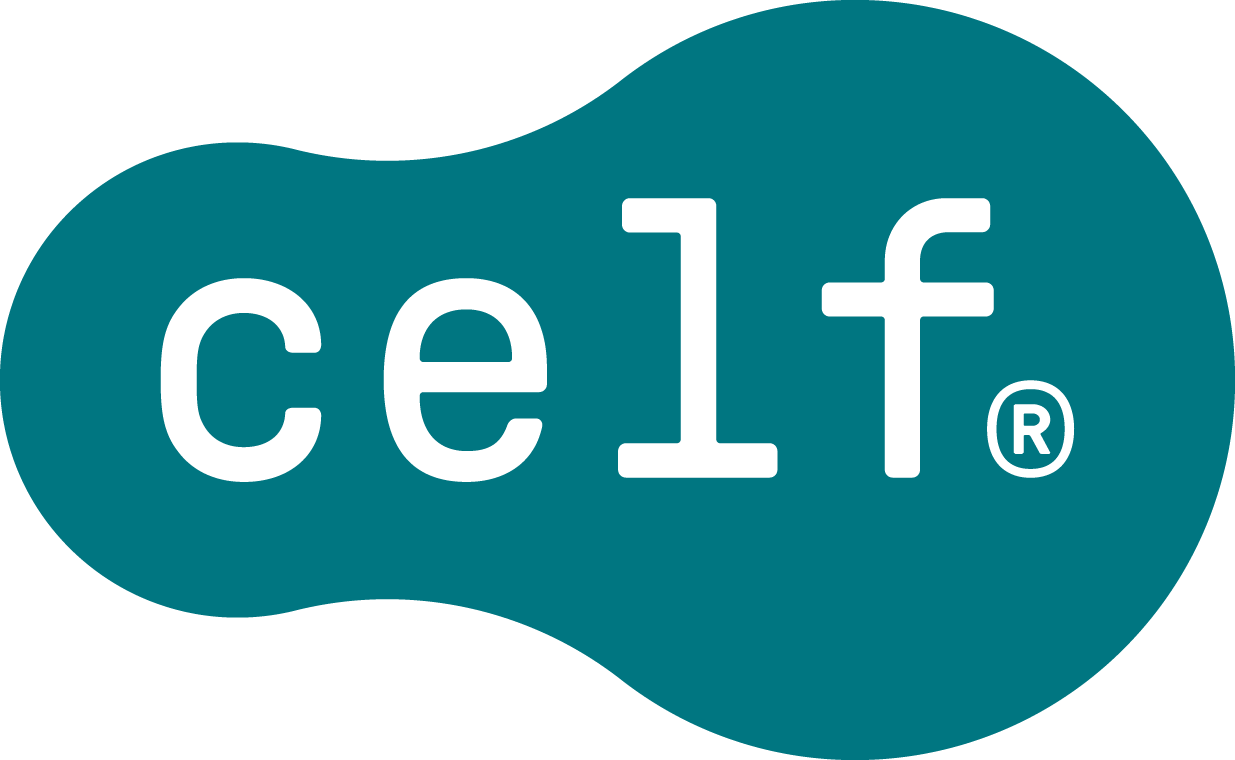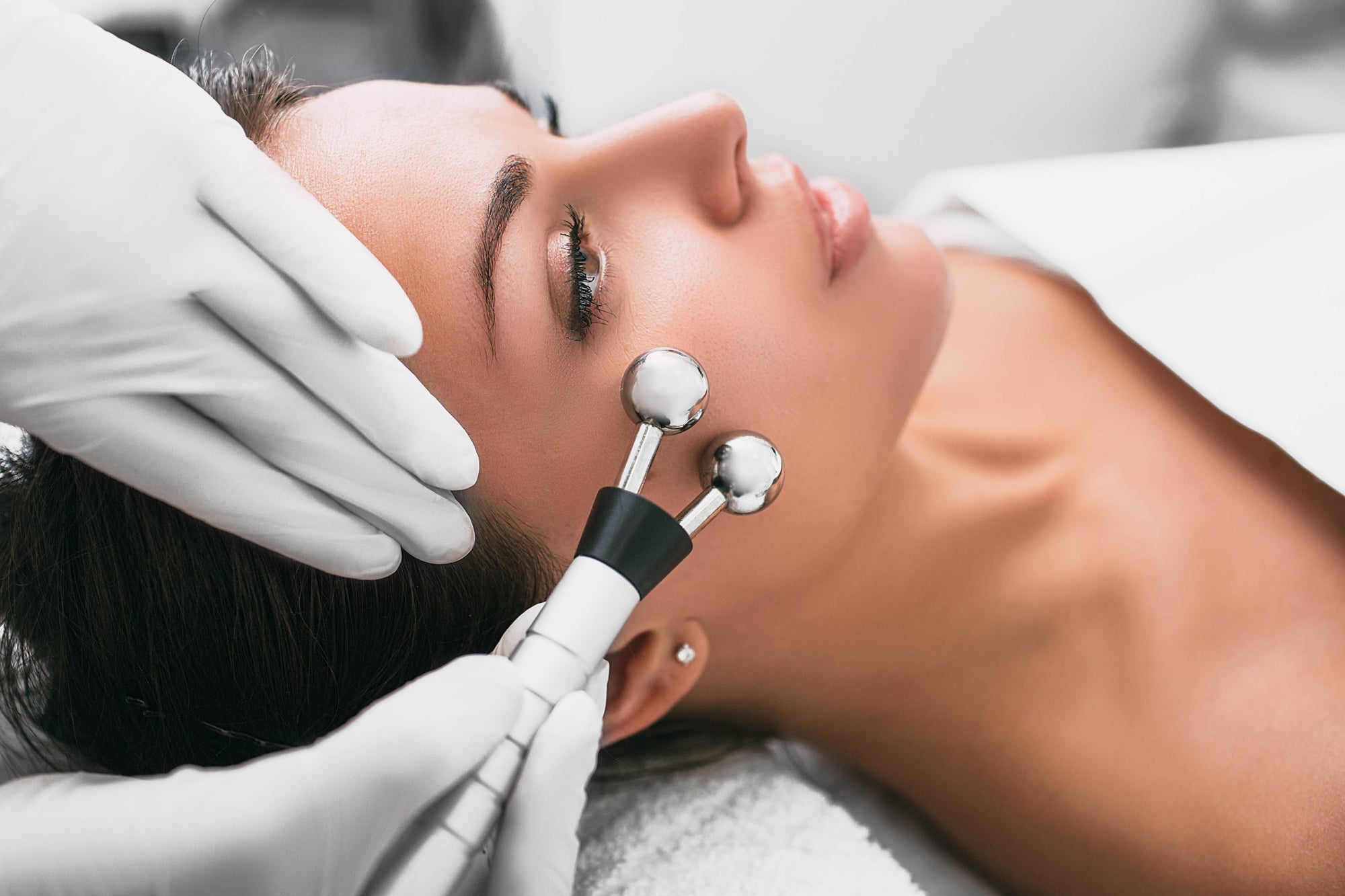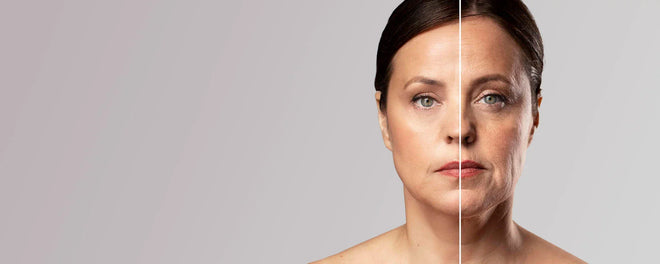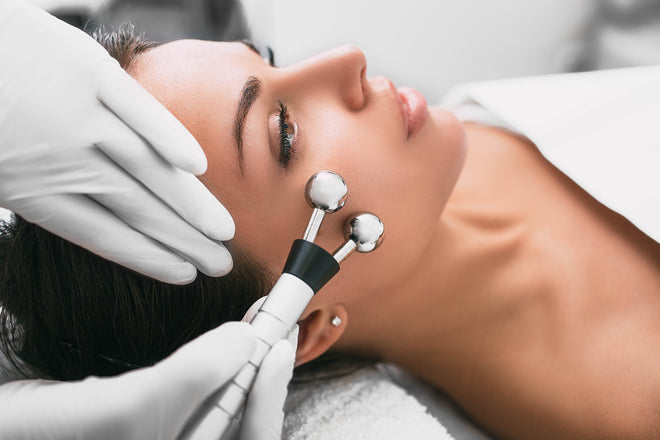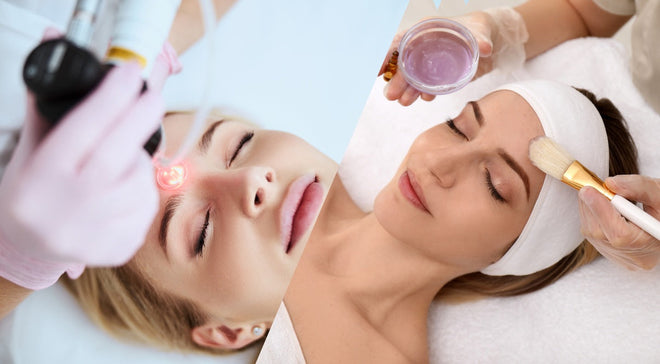The Role of Microcurrent Facials in Supporting Youthful-Looking Skin
Table of Contents
Is your skin starting to show fine lines, sagging, or a loss of radiance—but you’re not ready for injectables or invasive treatments? From collagen decline to slower cellular turnover, the natural ageing process often appears on our skin earlier than expected. Fortunately, microcurrent facials are gaining attention as a gentle, technology-inspired way to help skin appear firmer and more refreshed
But how effective are they really, and how does CELF Microvibration Therapy take this approach even further? Let’s explore the role of microcurrent facials in anti-ageing—and where CELF fits in.
What Are Microcurrent Facials, and How Do They Work?
Why are low-frequency electrical currents used in microcurrent facials?
Microcurrent facials use gentle, low-frequency electrical currents to mimic the body’s natural bioelectricity. These facials use gentle electrical energy designed to refresh the skin’s appearance and support natural radiance.
How do microcurrents interact with facial muscles and skin cells?
By delivering precise microcurrents, these treatments stimulate facial muscles, improving tone and elasticity. On a cellular level, they support the appearance of firmness and elasticity by gently stimulating facial muscles.
What is the difference between microcurrent, nanocurrent, and microvibration therapy?
-
Microcurrent: Uses low electrical currents to target muscles and skin cells.
-
Nanocurrent: An even gentler variation, working at a cellular bioelectric level.
-
Microvibration: Unlike electricity, CELF uses low-frequency microvibrations to refresh and energise the skin’s surface, promoting a healthy-looking glow.
Ready to upgrade your skincare with cutting-edge tech? Discover how CELF differs from traditional microcurrent devices.
How Do Microcurrent Facials Help Reduce Signs of Ageing?
Can microcurrent facials increase collagen and elastin production?
Yes. Clinical evidence shows microcurrent facials may help the skin appear smoother and more lifted with regular use, contributing to a refreshed look.
Do they really lift and tone sagging skin?
They work by gently toning facial contours, which can create the appearance of a mild lift.
How long does it take to see visible results?
Most users notice an immediate glow, with tighter skin and softened lines after just a few sessions. However, long-term benefits usually require 6–10 treatments.
What are the long-term benefits of regular use?
With consistent use, users often report that their skin looks smoother, more radiant, and refreshed.
What Does Science Say About the Efficacy of Microcurrent Facials?
The science is compelling:
-
A 2007 clinical study found measurable improvements in facial contour and wrinkle reduction with microcurrent therapy.
-
Research on current stimulation and collagen production shows enhanced fibroblast activity, directly linked to skin renewal.
-
Some research suggests that gentle current-based treatments may help improve the appearance of facial tone. However, results can vary depending on device type and frequency of use.
This same principle underpins CELF’s innovation: combining scientific credibility with consumer-friendly accessibility. CELF draws on scientific principles used in professional skincare technology to offer an accessible, at-home experience.
How Does CELF Microvibration Therapy Compare to Traditional Microcurrent Facials?
What makes CELF’s fibroblast-stimulating method unique?
CELF uses gentle vibration technology designed to refresh the skin’s surface and support improved product absorption.
Does CELF use electricity like other microcurrent devices?
No. Unlike spa-based devices, CELF harnesses mechanical vibrations powered by the Oral-B iO toothbrush, avoiding risks of electrical irritation.
How does CELF promote serum absorption and hydration?
Microvibration enhances serum penetration, helping active ingredients like hyaluronic acid reach deeper layers for maximum hydration.
Is CELF safer or more convenient than spa treatments?
CELF is designed as a convenient, at-home skincare option for those seeking a gentle, non-invasive approach.
See CELF in action and feel firmer, brighter skin—on your terms.
Who Should Consider Microcurrent Facials for Anti-Ageing?
Are microcurrent treatments safe for all skin types?
Generally, yes—but sensitive skin may need gentler settings.
At what age is it ideal to start treatment?
Dermatologists recommend starting in your late 20s or early 30s for preventive care.
Can users with sensitive skin or rosacea use CELF safely?
Yes. CELF’s vibration-based technology is less irritating than electrical microcurrents, making it safer for delicate skin.
Should people with Botox or fillers avoid microcurrent?
Microcurrent can be used alongside cosmetic injectables, though consultation with a dermatologist is advised. See AAD anti-ageing recommendations.
Disclaimer: People with medical skin conditions or cosmetic injectables should consult a dermatologist before using any at-home facial device. Results vary depending on individual skin type and routine.
How Can You Integrate Microcurrent or CELF Treatments Into Your Routine?
-
Time of day: Evening use supports skin repair cycles.
-
With serums: Apply serums before CELF for better absorption.
-
Frequency: 3–5 times weekly for visible results.
-
Replacement or complement?: CELF can complement or replace spa facials, offering convenience without compromise.
Build your daily skincare ritual with CELF.
Disclaimer: Always follow manufacturer guidance for frequency and use.
What Are Common Myths and Misconceptions About Microcurrent Facials?
|
Myth |
Fact |
|
Microcurrent facials hurt. |
They’re painless—at most a mild tingling. CELF vibrations are even gentler. |
|
One treatment is enough. |
Results require consistent sessions. |
|
At-home devices don’t work. |
CELF uses gentle vibration technology inspired by established skincare methods. |
|
Muscles become 'dependent'. |
No evidence supports this—regular stimulation simply enhances tone. |
How Does CELF Support a More Holistic Anti-Ageing Strategy?
Q. How does boosting circulation and lymphatic drainage help skin?
Improved circulation delivers oxygen and nutrients, while lymphatic drainage reduces puffiness.
Q. Can microvibration improve skin tone naturally?
Microvibration technology helps promote a refreshed, brighter-looking complexion through gentle massage and exfoliation.
Q. Why is collagen the cornerstone of youthful skin?
Collagen is the structural protein that keeps skin plump and firm. Both microcurrent and microvibration approaches are designed to support a firmer-looking, revitalised complexion.
Q. How does CELF redefine ageing well?
By combining science, accessibility, and derm-safety, CELF offers Designed for visible, refreshed skin—without needles or recovery time.
Take control of your skincare journey. Discover the CELF difference and redefine your glow.
Final Thoughts
Microcurrent facials have carved out a valuable role in non-invasive anti-ageing skincare—but technology is evolving. While traditional treatments require repeated clinic visits, CELF Microvibration Therapy empowers you to experience refreshed, radiant skin at home with gentle microvibration care.
With CELF, you’re not just addressing ageing—you’re redefining it on your terms.
Shop CELF.beauty today and start your journey toward firmer, revitalised skin.
FAQs
Q: What are microcurrent facials and how do they work?
Microcurrent facials use low-level electrical currents to stimulate facial muscles, increase circulation, and promote collagen and elastin production. This helps lift, tone, and contour the face, giving a more youthful appearance.
Q: Do microcurrent facials actually reduce wrinkles?
Yes, regular microcurrent treatments can reduce the appearance of fine lines and wrinkles by strengthening facial muscles and enhancing skin elasticity. Results improve with consistent sessions over time.
Q: Are microcurrent facials suitable for all skin types?
Microcurrent facials are safe for most skin types, including sensitive skin. However, people with pacemakers, epilepsy, or certain medical conditions should avoid this treatment or consult a dermatologist first.
Q: How often should I get a microcurrent facial for best results?
For noticeable lifting and toning, many dermatologists recommend 1–2 sessions per week for the first month, followed by monthly maintenance sessions to support youthful-looking skin.
Q: Can microcurrent facials be done at home?
Yes, there are FDA-approved at-home microcurrent devices designed for safe use. While at-home devices offer convenience, professional treatments often deliver stronger, longer-lasting results.
